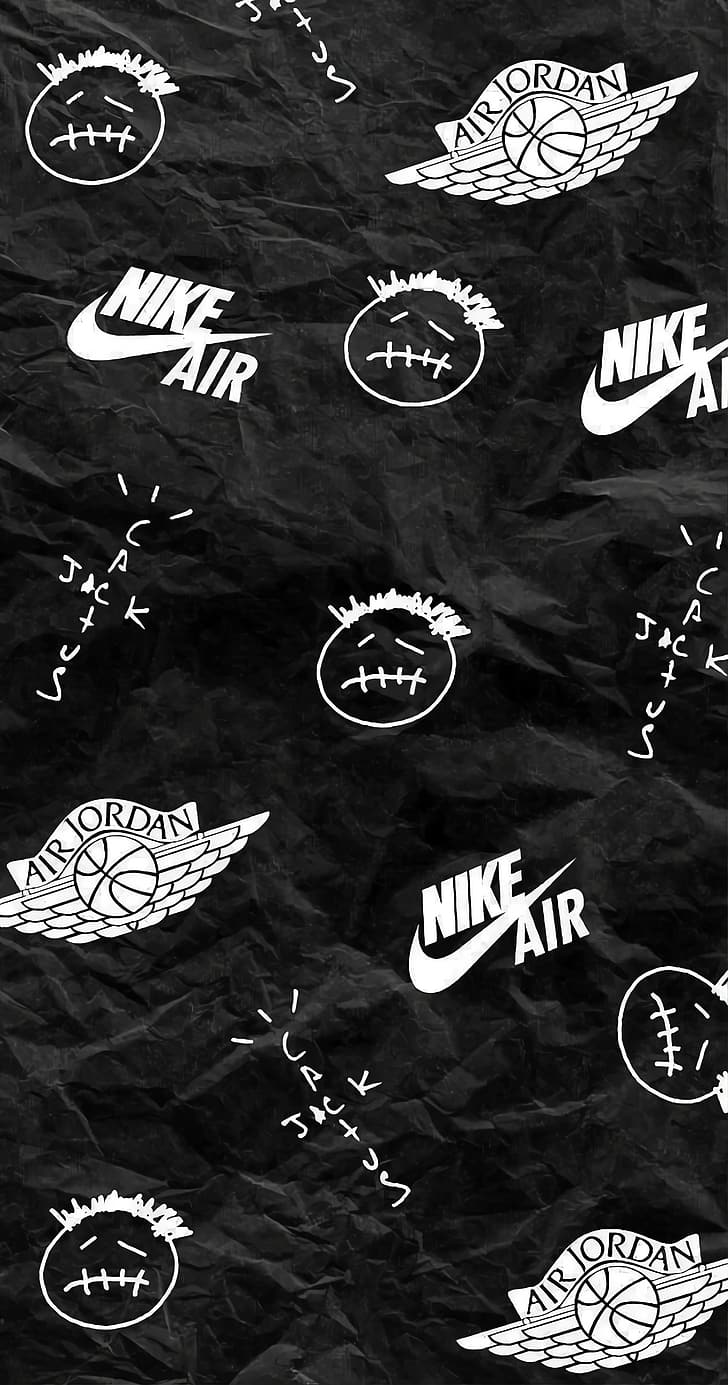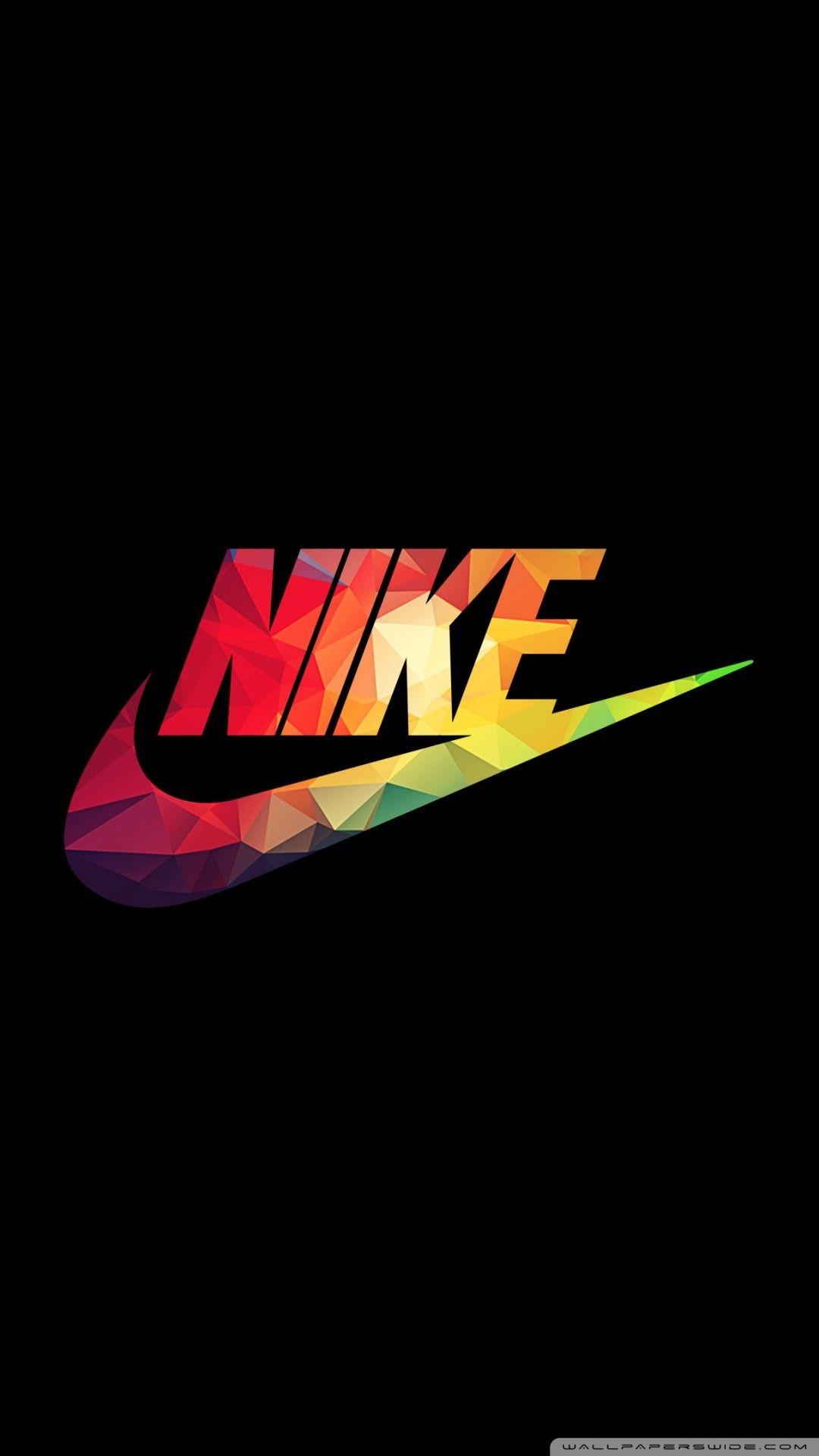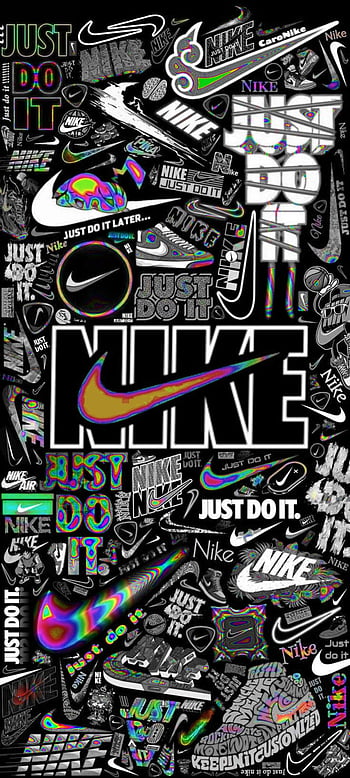
Cool Nike Logo High Resolution Full Hd Background Wallpaper for Desktop and Mobiles Retina iPad - HD Wallpaper - Wallpapers.net

Nike Clouds, porsche, neymar, roxo, cr7, flamengo, iphone, lacoste, roda, ceu, HD phone wallpaper | Peakpx

Pin de i_facuhhhh em Nike em 2021 | Papel de parede da nike, Papéis de parede hd celular, … | Nike logo wallpa… | Wallpaper achtergronden, Achtergronden, Wallpapers

Pin de Dominic Bermudez em Nike Backgrounds | Papel de parede da nike, Ideias de papel de parede, Papéis de parede hd celular
![Free download Nike wallpaper Background Nike wallpaper Sneakers wallpaper [640x1136] for your Desktop, Mobile & Tablet | Explore 15+ Nike Roshe Wallpapers | Wallpaper Of Nike, Nike Wallpapers, Pink Nike Wallpaper Free download Nike wallpaper Background Nike wallpaper Sneakers wallpaper [640x1136] for your Desktop, Mobile & Tablet | Explore 15+ Nike Roshe Wallpapers | Wallpaper Of Nike, Nike Wallpapers, Pink Nike Wallpaper](https://cdn.wallpapersafari.com/67/45/sRpYM7.jpg)
Free download Nike wallpaper Background Nike wallpaper Sneakers wallpaper [640x1136] for your Desktop, Mobile & Tablet | Explore 15+ Nike Roshe Wallpapers | Wallpaper Of Nike, Nike Wallpapers, Pink Nike Wallpaper

Pin de Lea Kleinhans em amazing wallpapers ♥ | Papel de parede da nike, Papel de parede de grife, Papéis de parede hd celular




















